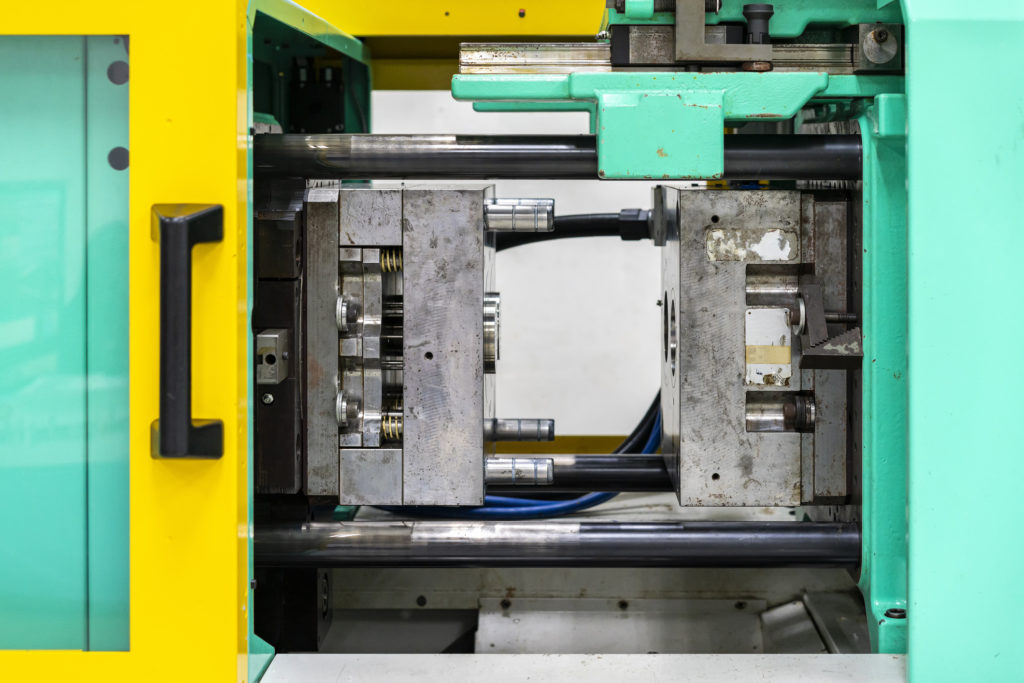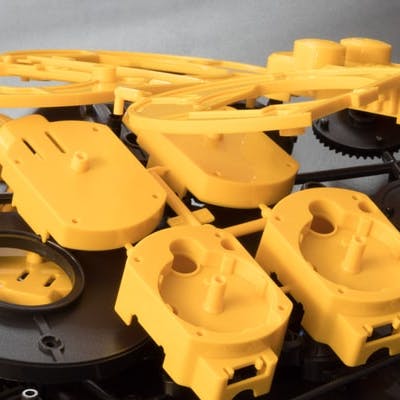Enhancing Item Development with Advanced Plastic Injection Molding Solutions
Enhancing Item Development with Advanced Plastic Injection Molding Solutions
Blog Article
Recognizing the Basics of Plastic Shot Molding Processes
Plastic shot molding functions as a cornerstone of modern production, offering a methodical method to producing intricate parts with precision. This process not just incorporates the fundamental actions of melting and injecting materials into mold and mildews yet additionally involves a nuanced understanding of different affecting variables, such as temperature level and pressure. As industries progressively require efficiency and top quality, the complexities of this method come to be much more important. Discovering these essential aspects might expose exactly how even minor modifications can result in significant enhancements in manufacturing outcomes, questioning concerning the potential for innovation in this established process.
What Is Plastic Injection Molding?
Plastic injection molding is an extensively used manufacturing procedure that changes thermoplastic and thermosetting products into exact and complex shapes. This method is favored for its ability to generate high volumes of the same parts with remarkable precision, making it a vital method in various markets, including automotive, customer products, and medical devices.
The procedure involves thawing the selected plastic product and infusing it into a mold and mildew under high pressure. The mold and mildew, developed to the specifications of the preferred component, permits the molten plastic to take form as it strengthens and cools down. When the product has actually hardened, the mold and mildew is opened up, and the finished element is expelled.
Plastic shot molding offers a number of benefits, including minimized waste, uniformity in manufacturing, and the capacity to integrate intricate styles that might be testing with other making methods. Additionally, it supports a wide variety of products, each providing unique properties that can be tailored for specific applications. As markets remain to introduce, plastic shot molding remains at the forefront, enabling the growth of innovative products that meet developing customer demands.
The Shot Molding Refine
The shot molding process is an innovative strategy that entails numerous vital stages to produce premium plastic elements. Initially, plastic pellets are fed right into a warmed barrel where they are thawed into a thick liquid. This molten plastic is after that injected under high stress right into a precision-engineered mold and mildew, which shapes the material right into the preferred form.
Once the mold and mildew is loaded, the plastic is enabled to cool down and strengthen, taking the form of the mold and mildew dental caries. Air conditioning time is critical, as it influences the cycle time and the final residential properties of the molded part. After enough air conditioning, the mold and mildew opens, and the ended up element is ejected using ejector pins.
Products Made Use Of in Injection Molding
Different products can be made use of in the injection molding process, each offering special residential or commercial properties that accommodate particular applications. One of the most typically used products consist of thermoplastics, check this thermosetting plastics, and elastomers.

Thermosetting plastics, like epoxy and phenolic materials, undergo a chemical change throughout the curing process, resulting in an inflexible, inflexible framework. These products are suitable for applications needing high heat resistance and architectural integrity, usually utilized in electric insulators and automobile components.
Elastomers, including silicone and rubber-based products, provide versatility and resilience. Their special residential or commercial properties make them ideal for applications that demand flexibility, such as seals and gaskets.
Furthermore, specialized materials like bio-based plastics and compounds are obtaining traction for their ecological benefits and boosted performance qualities, widening the scope of shot molding applications in numerous sectors. Understanding the properties of these materials is vital for picking the appropriate type for certain tasks.
Benefits of Shot Molding
Shot molding stands apart as an extremely reliable click this site production procedure that provides numerous advantages for generating complicated get rid of precision. One of one of the most considerable advantages is the ability to develop detailed designs that would be difficult or challenging to attain with various other techniques (Plastic Injection Molding). The process permits comprehensive functions and limited tolerances, guaranteeing top quality elements
In addition, injection molding is known for its quick production capacities, making it a perfect choice for high-volume manufacturing. When the mold and mildew is created, components can be created quickly, reducing preparations and boosting overall performance. This performance not only lowers manufacturing prices but also provides a competitive edge in the marketplace.
The flexibility of materials utilized in injection molding further improves its allure. A large range of thermoplastics and thermosetting polymers can be employed, permitting makers to select products that finest meet their details demands, consisting of warmth, strength, and versatility resistance.
Moreover, the procedure decreases waste, as excess material can frequently be reused and recycled. This sustainability aspect adds to a decreased ecological impact, making injection molding a liable production selection. Overall, the advantages of injection molding make it a recommended technique for several industries.
Elements Influencing Product High Quality
While many factors can affect product high quality in injection molding, comprehending these elements is important for attaining optimal results. Trick elements consist of material choice, processing specifications, and mold and mildew layout.
Material selection plays an important duty, as various polymers display special residential properties that influence flowability, toughness, and thermal security. Poor product selection can bring about problems such as bending or incomplete filling.
Processing specifications, consisting of stress, cycle, and temperature time, need to be thoroughly regulated. Variants in these setups can lead to disparities in component measurements and surface area coating. Excessively high temperatures might cause degradation of the polymer, while insufficient stress can result in short shots.
Mold style is similarly crucial, as it establishes the circulation of the molten plastic and the cooling process. Inadequately created molds may bring about unequal cooling prices, resulting in dimensional mistakes and residual stresses.

Conclusion
To conclude, plastic shot molding serves as an important production process that enables the efficient production of top notch parts. Proficiency of the shot molding process, including the understanding of materials and the influence of various elements on product quality, is necessary for achieving ideal outcomes. The advantages of this approach, such as cost-effectiveness and style adaptability, more emphasize its relevance throughout multiple industries, solidifying its standing as a preferred selection for high-volume manufacturing.
Plastic injection molding serves as a cornerstone of modern production, supplying a methodical strategy to producing intricate elements with precision.Plastic injection molding provides several benefits, including reduced waste, consistency in production, and the capability to include intricate styles that may be testing with various other making techniques (Plastic Injection Molding). As industries proceed to introduce, plastic shot molding continues to be at the leading edge, enabling the development of sophisticated items that satisfy evolving customer needs
The injection molding process is an innovative technique that entails numerous key stages to produce premium plastic parts.In conclusion, plastic shot molding serves as a vital manufacturing process that enables the reliable manufacturing of premium components.
Report this page